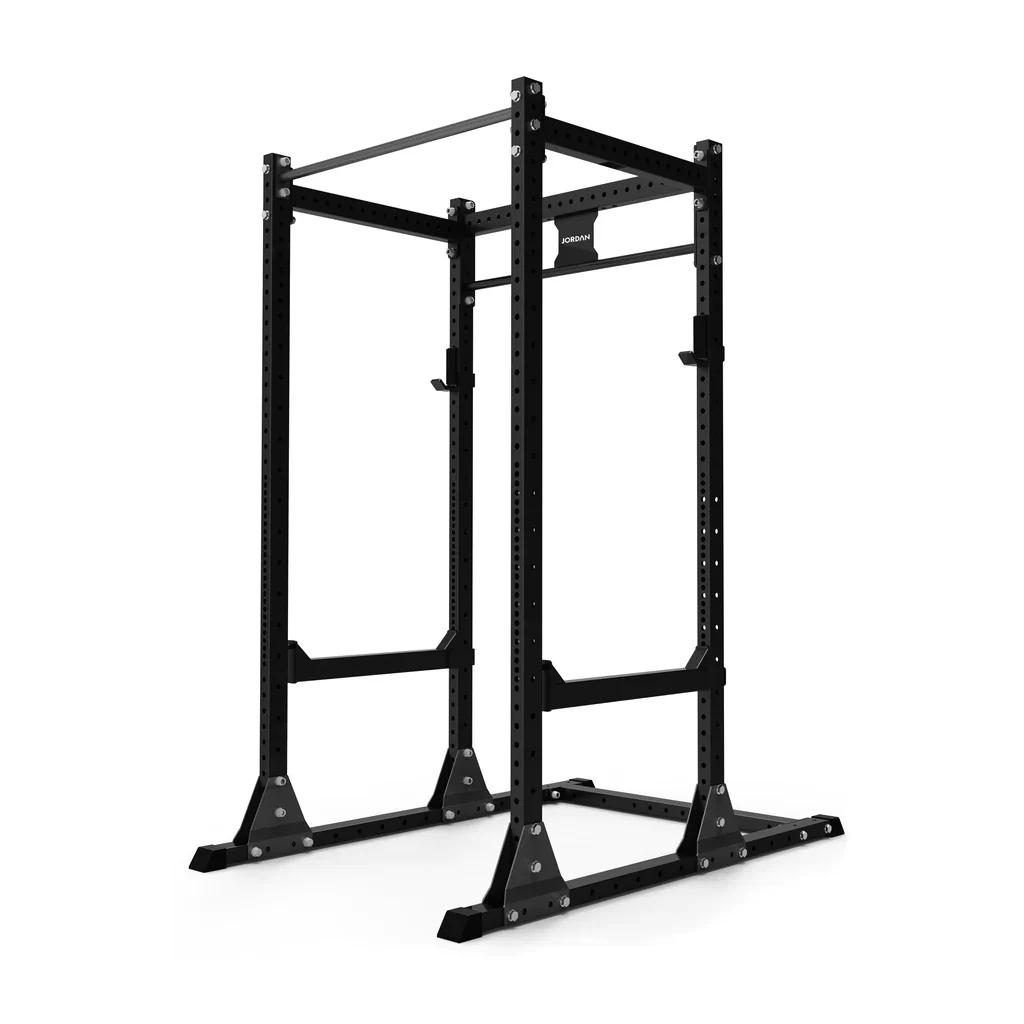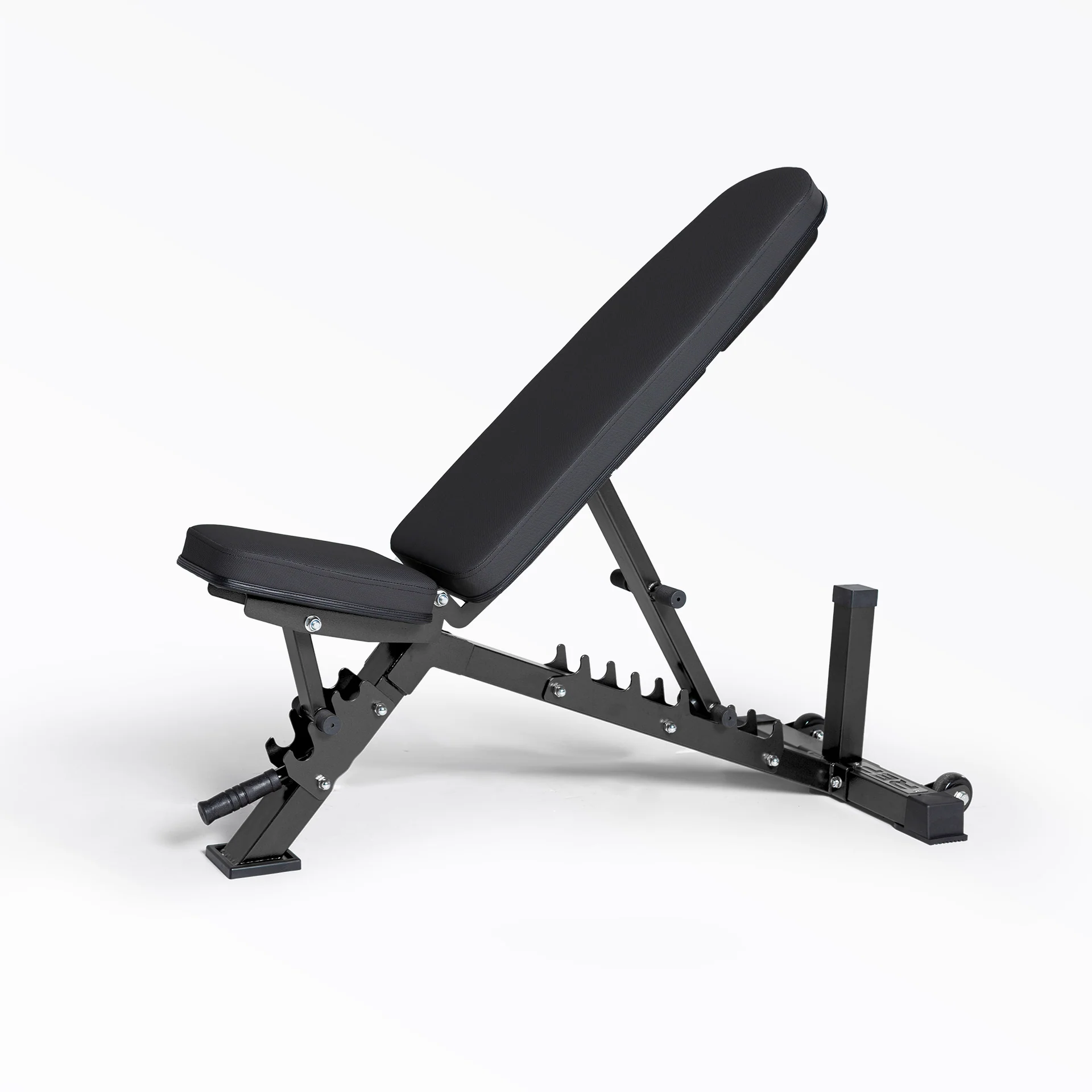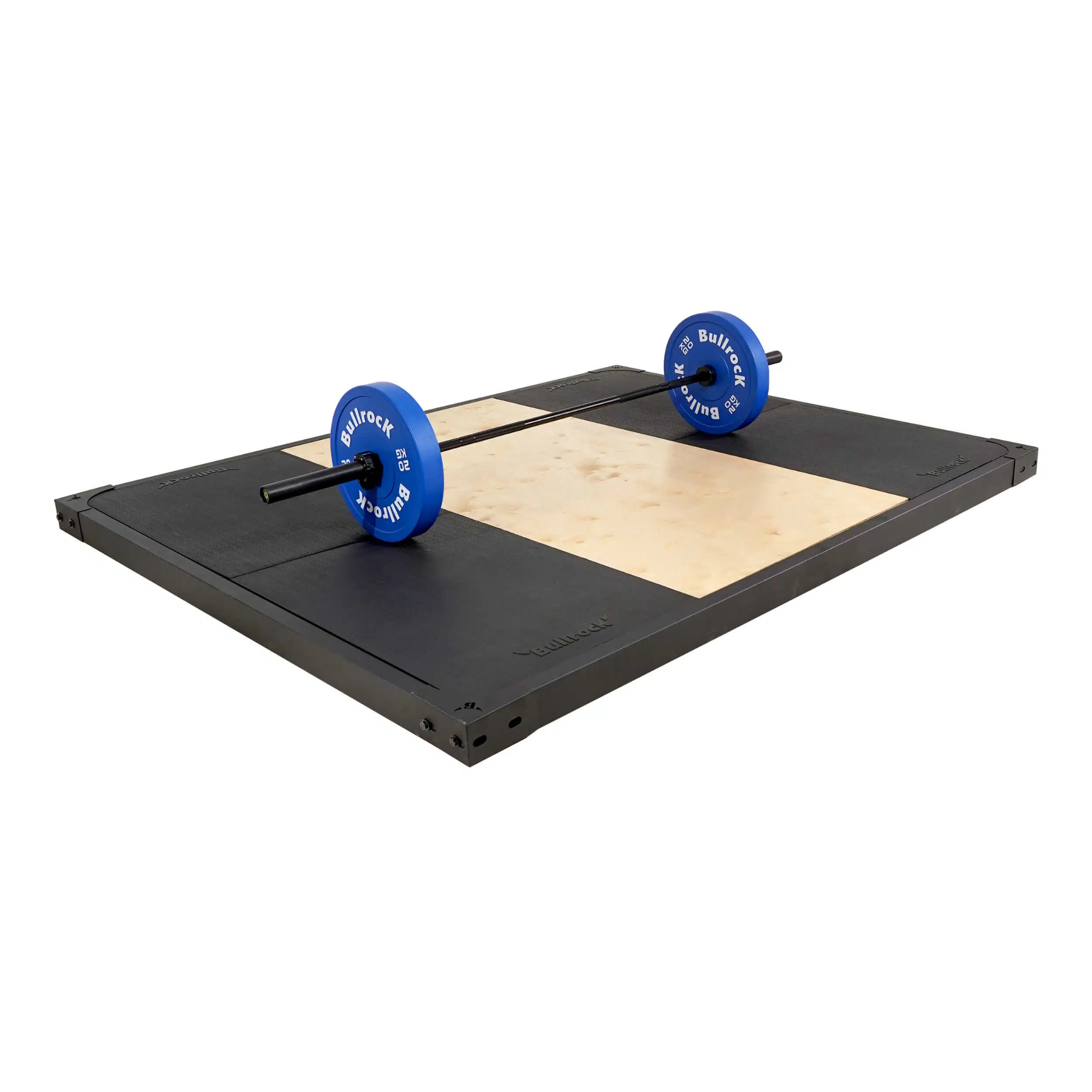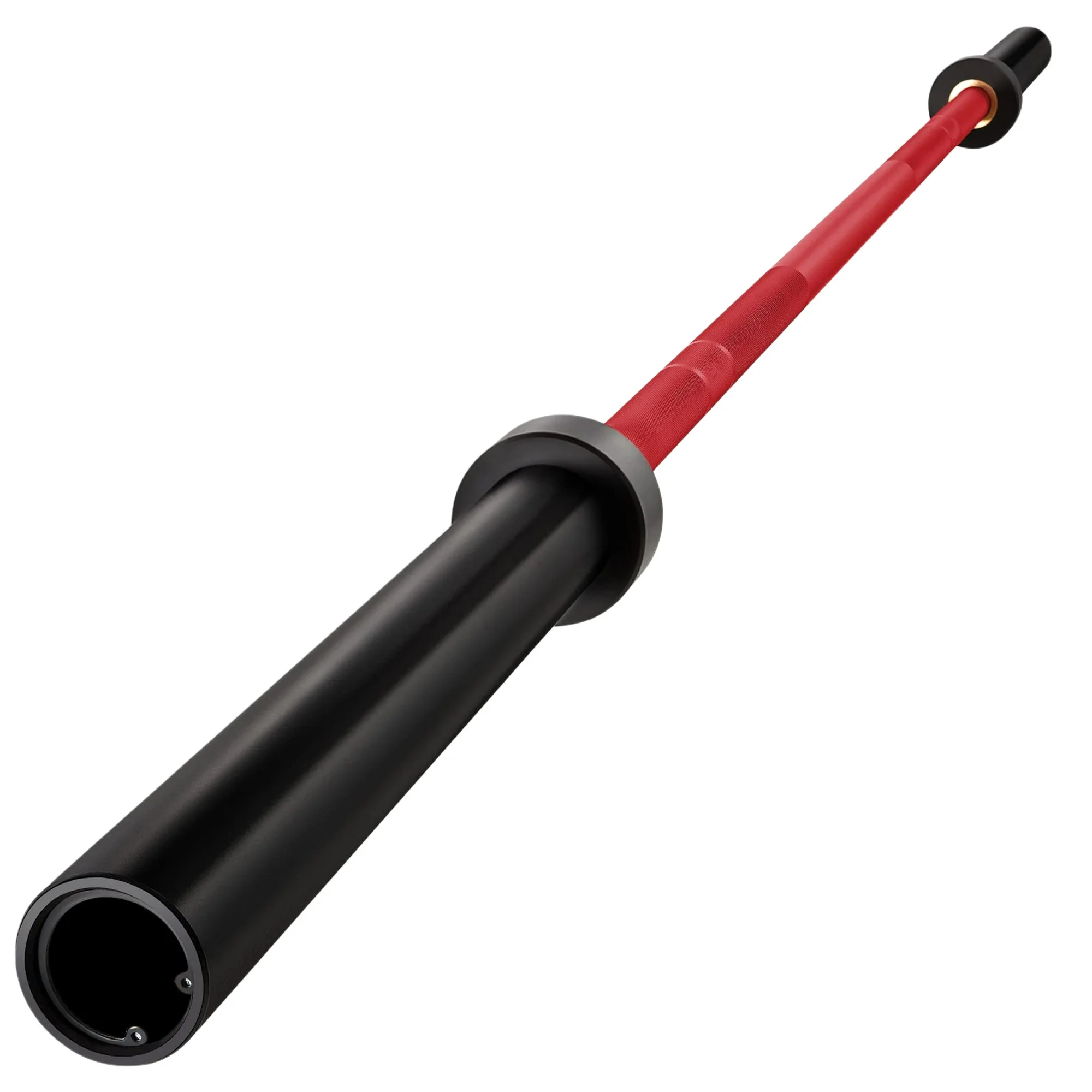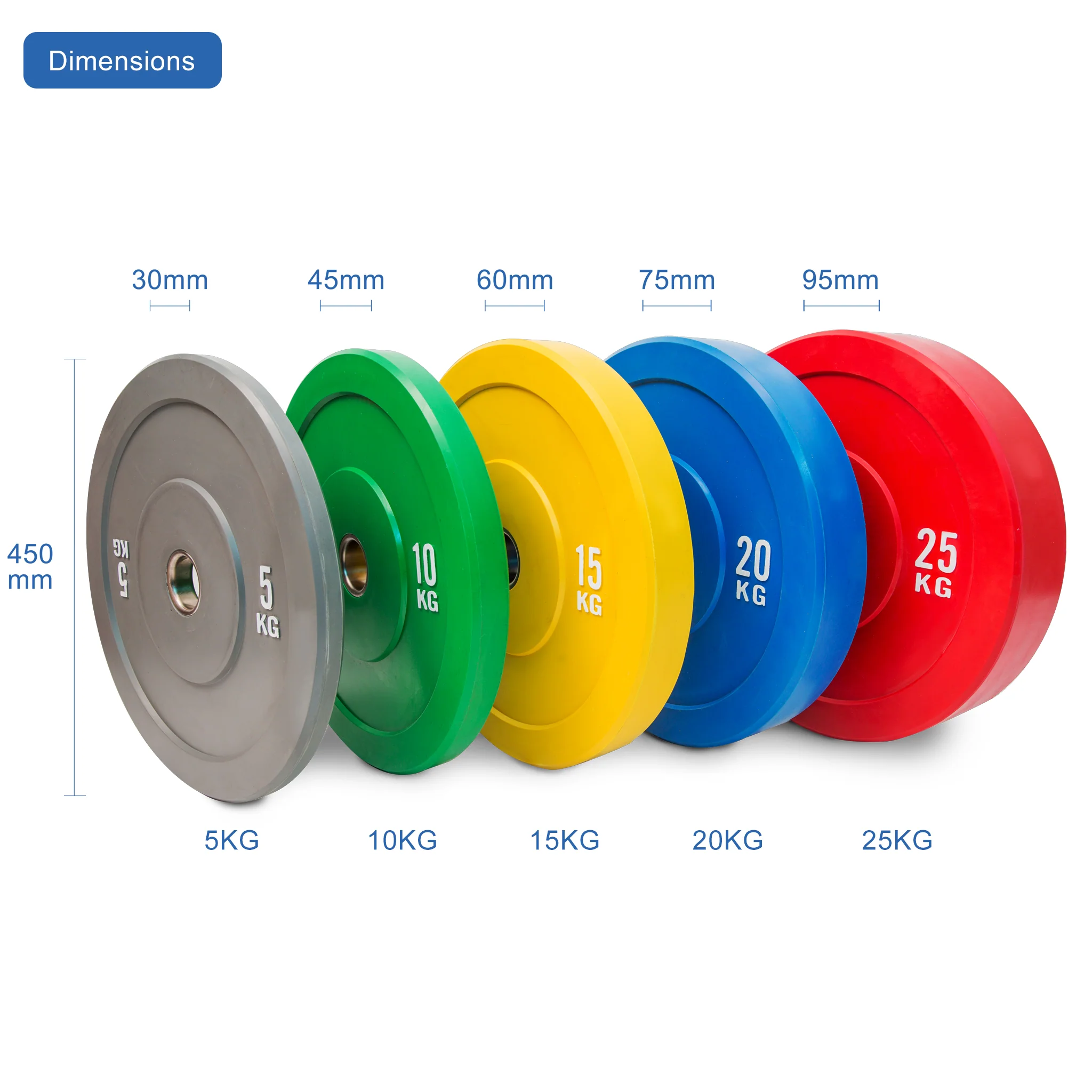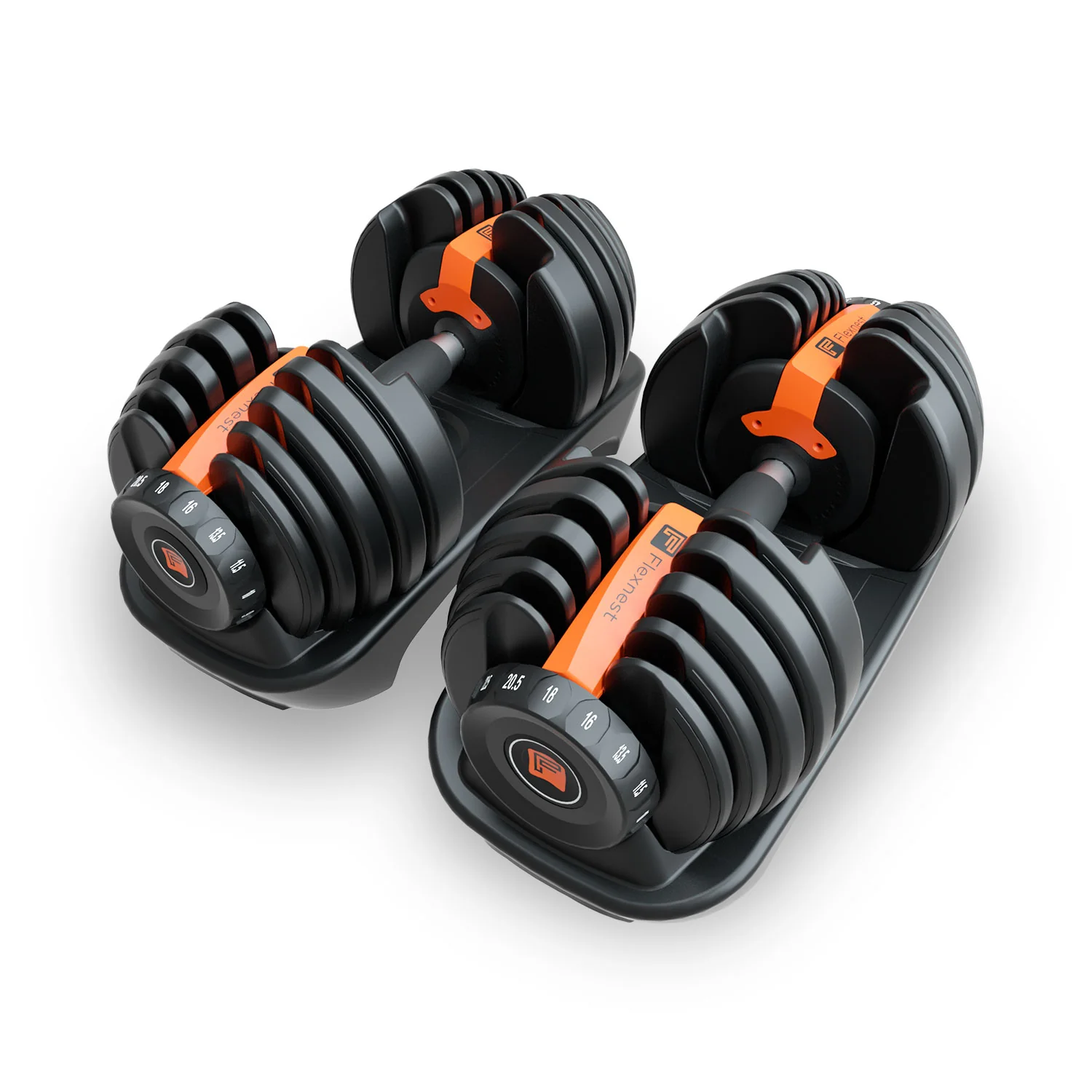Home Gym Setup: Essential Gear for a Powerful Small-Space Build
Working out at home is ultimately a lifestyle upgrade, not just a shopping list. When the gym lives ten steps from your kitchen, consistency stops being a willpower contest and starts feeling like routine hygiene: you lift, you sweat, you shower, and you get on with your day. There is no traffic to beat, no locker to hunt, no silent negotiation about whether it is worth a thirty‑minute commute for a forty‑minute session. You simply begin. That tiny reduction in friction is a huge competitive advantage for busy people and beginners alike. Still, it is worth saying up front that you do not need everything on day one. Many great programs start with bodyweight basics and a single pair of dumbbells. But if you want to build a compact, capable space that carries you from novice to advanced, the smartest foundation is strength focused: a rack for safety and progression, a bench for leverage and angle changes, a platform to protect your home and joints, and a barbell with enough bumper plates to grow. Think of this as your ‘iron triangle’ of capability. A properly set rack puts safety pins where you need them so you can push hard without fear; an adjustable bench multiplies exercise options without wasting floor area; and a platform turns heavy pulls and Olympic work from “maybe later” into “let’s go.” Add a timer, some chalk, and a good playlist and you will be shocked at how much productive training you can get from a very small footprint.
Once the skeleton is up, you give the space its muscles with a quality Olympic barbell and roughly one‑hundred‑and‑fifty kilograms of bumper plates. That mix lets you train the movements that build the most strength per minute invested—squats, deadlifts, presses, rows, cleans, and snatches—while staying friendly to floors and neighbors. Bumper plates spread impact, quiet the landing, and protect the bar’s sleeves; they also encourage safe bailing when a lift stalls. Layer in adjustable dumbbells and you unlock fine‑grained loading for accessory work without dedicating a whole wall to fixed weights. In a single square foot you now have the tools for lunges, split squats, Romanian deadlifts, flyes, rear‑delt raises, curls, and every variation that shores up weak links. The bench carries its weight here too: standing it up vertically or sliding it under the rack preserves walkways, while the notches from flat through high incline let you chase new angles and keep progress fresh. Keep mobility tools nearby—bands, a PVC pipe, maybe a yoga block—and you can move from warm‑up to heavy set to cool‑down without leaving the room. The magic of a home gym is not fancy gear; it is flow. When the next tool you need is an arm’s reach away, the session stays crisp and your effort goes into lifting, not logistics. Sprinkle in conditioning the way you enjoy it most: a district‑park run on clear mornings, or weather‑proof options like a treadmill or a ferocious air bike when you want full‑body intervals. Ten minutes of sprints on a fan bike will humble lifters of any level—in the best way possible.
To keep momentum, treat the room like a tiny workshop: orderly, well lit, and built for repeatable results. Bolt or brace the rack so it cannot walk, set the spotter arms a notch below the bottom of your range, and learn clean bar paths and bracing before you chase personal records. Store your plates by pair and return them after every set so tomorrow’s session begins with a clear deck. If you share the space with family, keep a simple “in session” cue—headphones on the hook, a small light, or a timer on the rack—and you will get fewer interruptions. Expand slowly and intentionally: the ‘iron triangle’ plus barbell and dumbbells will cover years of training; later you can add dip handles, a landmine, or a cable attachment if your goals call for it. Most important, keep it human. Put a fan where it actually cools you. Hang a small whiteboard for sessions and PRs. Leave a towel and disinfectant where you will use them. Write a reminder at eye level: “Start light, move well, add a little.” This is the operating system of strength. Show up often. Leave one rep in the tank more than you take one out. Celebrate tiny wins—the first strict pull‑up, the day fifty kilos finally moves like thirty, the morning you realize you have not skipped a week in months. Given time, the room becomes more than storage for steel; it becomes a quiet place where you practice the skill of effort. What feels impossible today will become your warm‑up tomorrow—because the hardest part, beginning, now happens by habit.
Equipment Gallery
